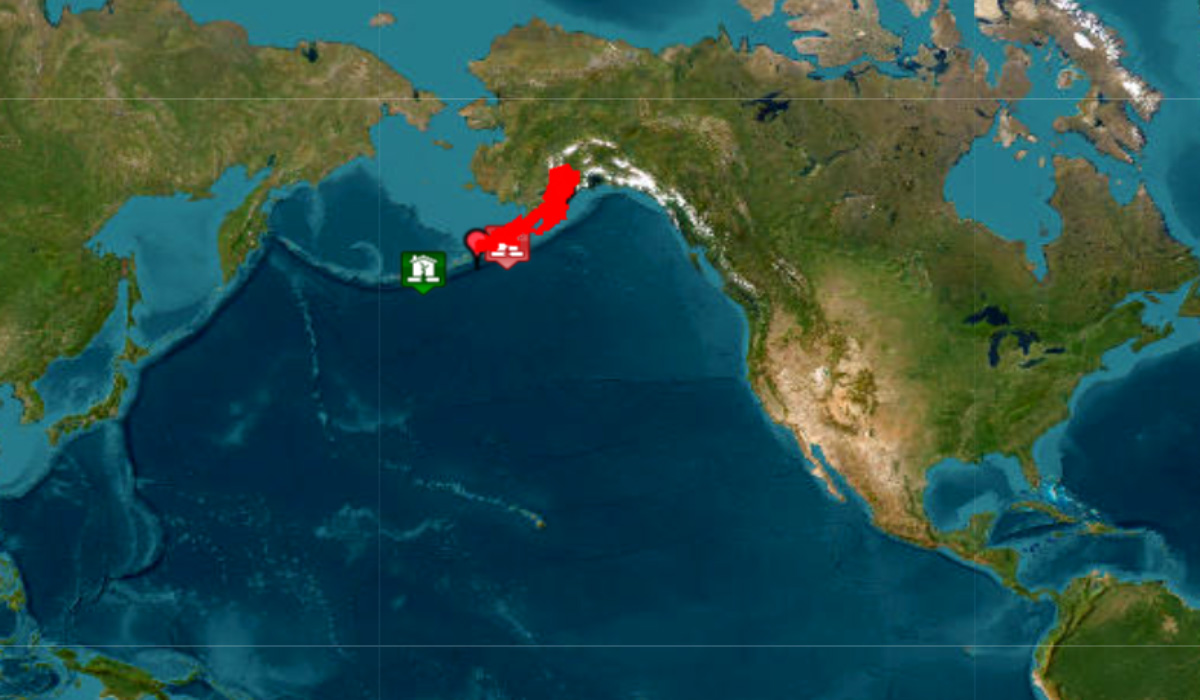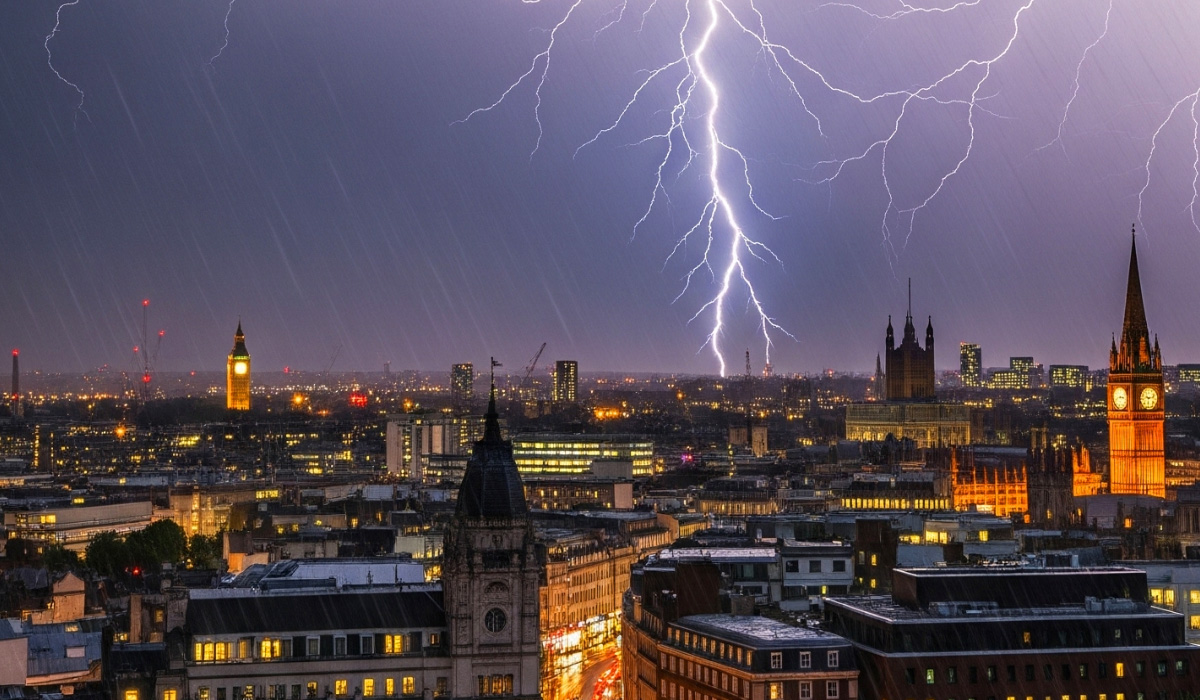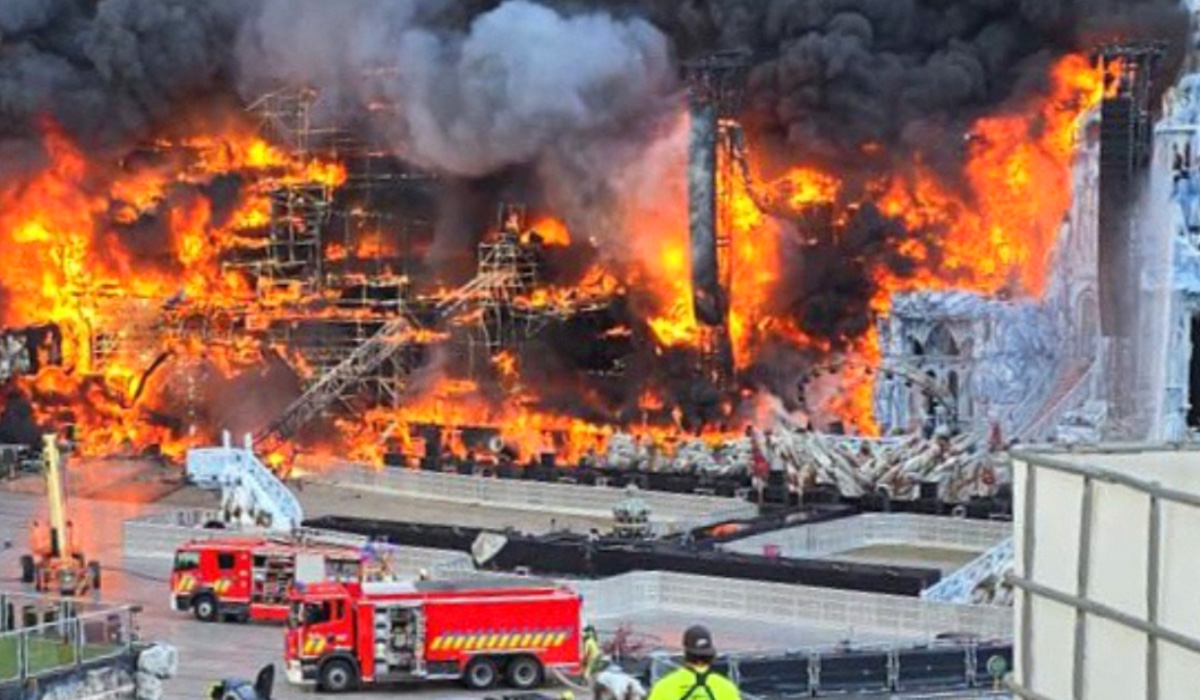A powerful 7.3-magnitude earthquake struck off the southern coast of Alaska on Wednesday, prompting a tsunami warning for a wide swath of the sparsely populated region. The shallow quake, centered about 54 miles south of Sand Point, was felt hundreds of miles away, and its intensity renewed fears of the “Big One” for residents living in one of the world’s most seismically active areas.
The National Tsunami Warning Center (NTWC) initially issued a warning for the area from Kennedy Entrance to Unimak Pass. While a tsunami was observed, details on the size of the tsunami or if any damage has occurred are still being determined. Eventually, officials stressed that the threat is only to the Alaskan coast, meaning nothing could not be done by people in other pacific north areas. The aftershocks have been calmer where authorities are on standby and keeping watch to ensure both residents and critical infrastructure safety.
Alaska located on the Pacific Ring of Fire has been subject to seismic activity all too often. The magnitude of earthquakes is all too common for Alaska, including the recent 9110, 9.2-magnitude earthquake in 1964, which is the an all-time record for North America. The recent earthquakes are reminders as well as effective actions to be able to help notice what dangers exist.
Local officials and residents are the most prepared similarly to watching for the earthquake or tsunami. They have evacuation routes and practice drills on a periodic basis. The response from the quake displayed the phrase “we are very prepared” in a community relying upon climate respite or natural disaster.
Stay vigilant on the reports from the National Tsunami Warning Center and the local agency. #AlaskaEarthquake #TsunamiWarning #AlaskaNews #EarthquakePreparedness










